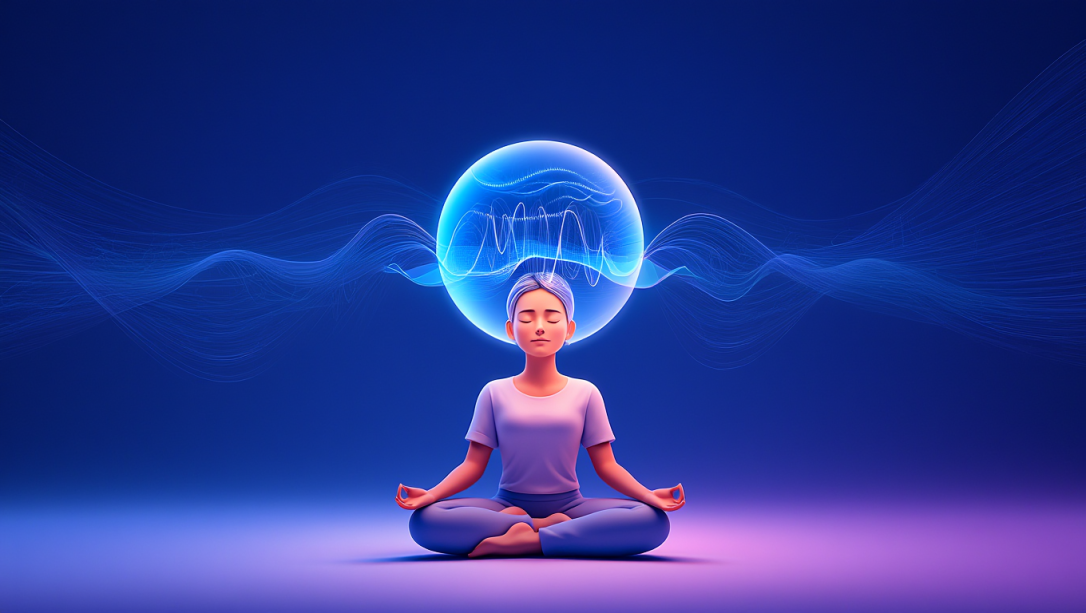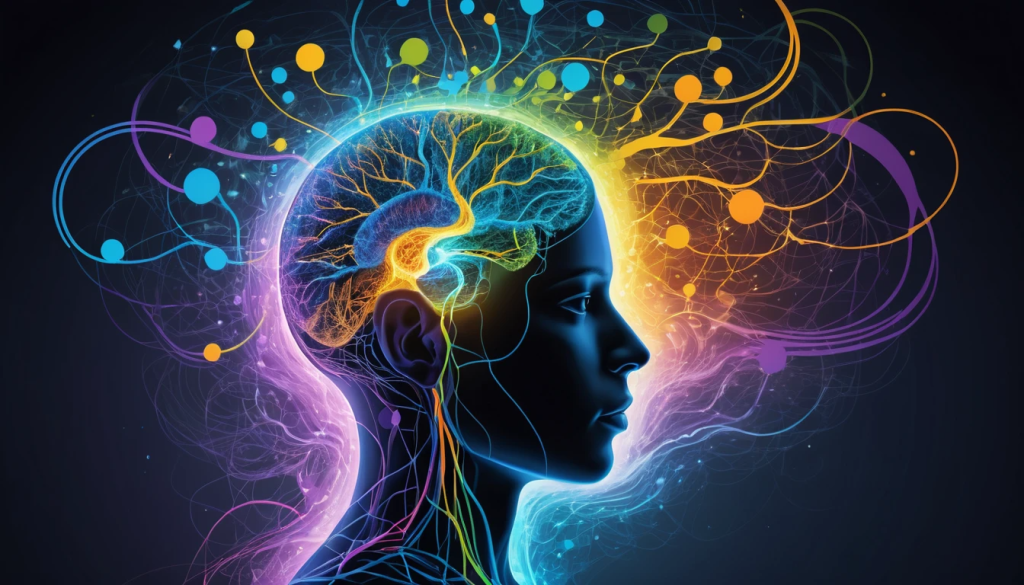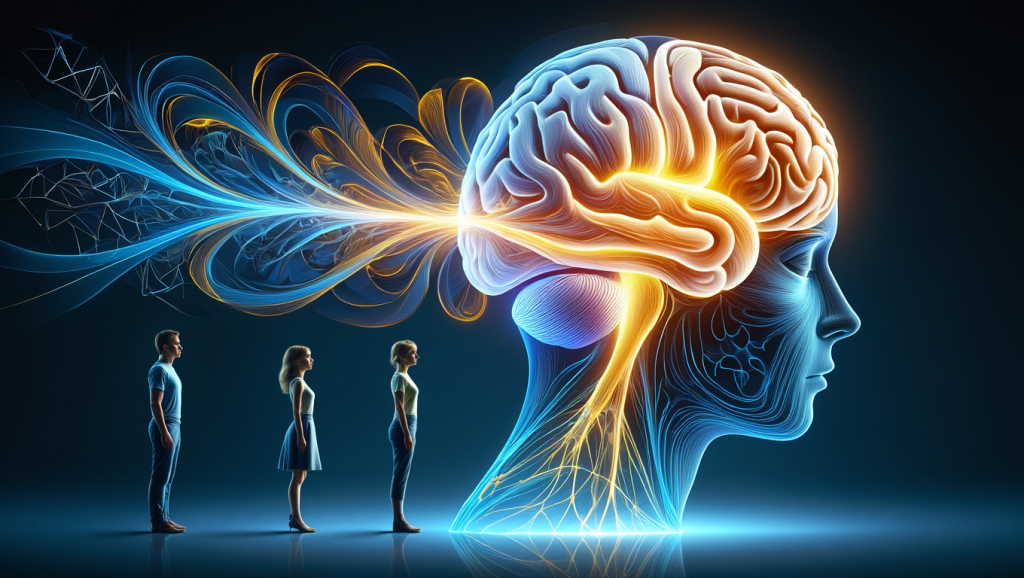Have you ever wondered what it would be like to access the deeper levels of your mind—where habits form, beliefs take root, and transformative change begins? Self-hypnosis offers exactly that opportunity, and contrary to popular misconceptions, it’s a natural skill that anyone can learn.
In this guide, I’ll walk you through simple yet powerful self-hypnosis techniques that beginners can start practicing today for stress reduction, personal growth, and mental reprogramming.
What Is Self-Hypnosis Really?
Self-hypnosis is a state of focused attention and heightened suggestibility where you can communicate directly with your subconscious mind. It’s not about losing control—quite the opposite. Self-hypnosis empowers you to take greater control over aspects of your life that seem to run on autopilot: habits, emotional responses, and limiting beliefs.
During self-hypnosis, your brain naturally shifts into alpha and theta brainwave patterns—the same patterns experienced during deep relaxation and meditation. In this receptive state, new ideas and positive suggestions can bypass the critical, analytical part of your mind and create lasting change at a deeper level.
The Science Behind Why Self-Hypnosis Works
Research has shown that self-hypnosis creates measurable changes in brain activity. When you enter a hypnotic state:
- Your prefrontal cortex (the critical, judgmental part of your brain) becomes less active
- The connection between your brain’s executive control network and salience network shifts
- Your brain becomes more receptive to new associations and neural pathways
This physiological state makes it possible to update unconscious programming in ways that conscious effort alone cannot achieve.
5 Step-by-Step Self-Hypnosis Methods for Beginners
Method 1: The Progressive Relaxation Technique
This classic approach is perfect for beginners because it uses physical relaxation as a gateway to mental receptivity.
Steps:
- Find a quiet place where you won’t be disturbed for at least 15-20 minutes.
- Sit or lie comfortably with your arms and legs uncrossed.
- Close your eyes and take 3 deep breaths, exhaling fully each time.
- Begin at your toes and consciously relax each muscle group in your body, working upward:
- Tense each muscle group for 5 seconds, then release and notice the sensation of relaxation
- Move from feet → calves → thighs → abdomen → chest → hands → arms → shoulders → neck → face
- Count backward slowly from 10 to 1, imagining yourself descending deeper into relaxation with each number.
- When you reach 1, tell yourself: “I am now in a state of self-hypnosis, deeply relaxed yet fully aware.”
- Deliver your prepared positive suggestions (see suggestion examples below).
- To exit the state, count from 1 to 5, telling yourself you’ll become more alert with each number. At 5, open your eyes feeling refreshed and positive.
Method 2: The Countdown Visualization
This method uses visualization, making it excellent for people with active imaginations.
Steps:
- Get comfortable in a quiet space and close your eyes.
- Visualize yourself at the top of a staircase with 10 steps.
- Begin counting backward from 10 to 1, descending one step with each number.
- With each step down, tell yourself you’re going deeper into relaxation and self-hypnosis.
- At the bottom of the staircase, imagine a door with your name on it.
- Open the door to find a special, personal sanctuary—a place that represents complete comfort and safety to you.
- In this sanctuary, deliver your positive suggestions.
- To emerge, walk back through the door and ascend the staircase, counting from 1 to 10, becoming more alert with each step.
Method 3: The Eye Fixation Technique
This traditional method mimics a classic hypnotic induction.
Steps:
- Sit comfortably and pick a spot slightly above eye level on the wall or ceiling.
- Stare at this spot without looking away, allowing your eyelids to naturally become heavy.
- Count backward from 100, telling yourself your eyes are getting heavier with each number.
- When your eyes feel too heavy to keep open (usually before you reach 70), allow them to close.
- Continue counting down to 50, feeling yourself go deeper with each number.
- At 50, tell yourself: “I am now in a perfect state of self-hypnosis.”
- Deliver your suggestions.
- Count from 1 to 5 to emerge, becoming more alert with each number.
Method 4: The Breathing Induction
This method is especially helpful for those who struggle with racing thoughts.
Steps:
- Sit comfortably with your back straight but not rigid.
- Begin breathing slowly and deeply through your nose.
- Count your breaths backward from 20 to 1.
- With each exhale, mentally repeat: “Deeper relaxation, clearer mind.”
- When you reach 1, tell yourself: “My mind is now clear and receptive.”
- Deliver your suggestions.
- To emerge, take three deep breaths, becoming more alert with each one.
Method 5: The 61-Point Relaxation Technique
This advanced method creates profound relaxation by guiding your attention to specific points in your body.
Steps:
- Begin by focusing on your forehead.
- Mentally move your attention to 61 different points throughout your body in this sequence:
- Forehead → right temple → left temple → right ear → left ear → right eye → left eye → right nostril → left nostril → right cheek → left cheek → upper lip → lower lip → chin → throat…
- Continue through shoulders, arms, torso, legs, and feet
- At each point, pause briefly and feel that area relaxing completely.
- After the 61st point (usually the right big toe), tell yourself: “My body is completely relaxed, and my mind is deeply receptive.”
- Deliver your suggestions.
- To emerge, count from 1 to 5, wiggling your fingers and toes at 3, and opening your eyes at 5.
Creating Effective Self-Hypnosis Suggestions
For self-hypnosis to work effectively, your suggestions should follow these guidelines:
- Use present tense as if the desired change is already happening
- Keep language positive (say “I am calm” rather than “I am not anxious”)
- Be specific about the changes you want
- Make suggestions brief and memorable
- Add emotion to strengthen the impact
Examples of Effective Suggestions:
For stress reduction:
- “With each breath I take, I feel more calm and centered.”
- “I release tension easily and naturally throughout my day.”
For confidence:
- “I speak with confidence and clarity in all situations.”
- “I am becoming more self-assured with each passing day.”
For focus:
- “My mind becomes sharply focused whenever I choose to concentrate.”
- “I easily maintain attention on my important tasks.”
Common Challenges and Solutions
Challenge: “My mind keeps wandering.” Solution: This is normal! When you notice your thoughts drifting, gently bring your focus back to your hypnosis process without judgment. With practice, your concentration will improve.
Challenge: “I’m not sure if it’s working.” Solution: The effects of self-hypnosis are often subtle at first. Keep a journal of small changes you notice, and be patient. Consistent practice yields cumulative results.
Challenge: “I fall asleep.” Solution: Try practicing in a seated position rather than lying down. If you consistently fall asleep, that’s a sign you may need more rest in general.
Enhancing Your Self-Hypnosis Practice
To deepen the effects of your self-hypnosis practice:
- Record your own suggestions to listen to during your sessions
- Use background sounds like gentle rain or ambient music
- Practice consistently at the same time each day
- Combine with brain entrainment audio like theta or alpha waves
Begin Your Journey Today
Remember that self-hypnosis is a skill that improves with practice. Start with just 10 minutes daily using the Progressive Relaxation Technique, and gradually explore other methods to find what works best for you.
The most important step is to begin. Your subconscious mind is waiting to be your most powerful ally in creating the changes you desire. With these techniques at your disposal, you’re now equipped to start that conversation and unlock new possibilities for growth and transformation.
Would you like to learn more about self-hypnosis or other mind optimization techniques? Leave a comment below with your questions or experiences!
Interested in deepening your self-hypnosis practice? Check out our premium brain entrainment audio programs designed to enhance your self-hypnosis sessions at petermican.com/products.







